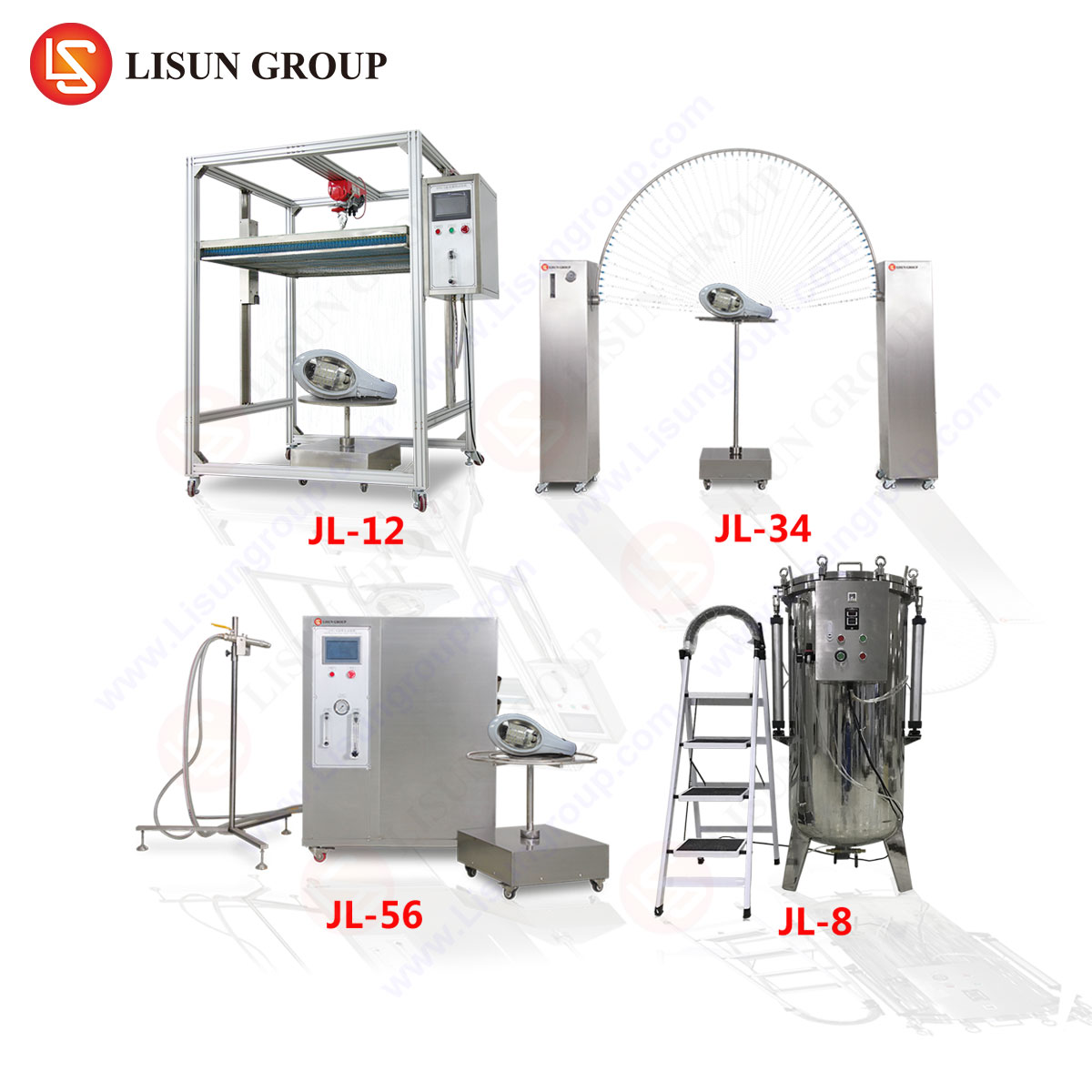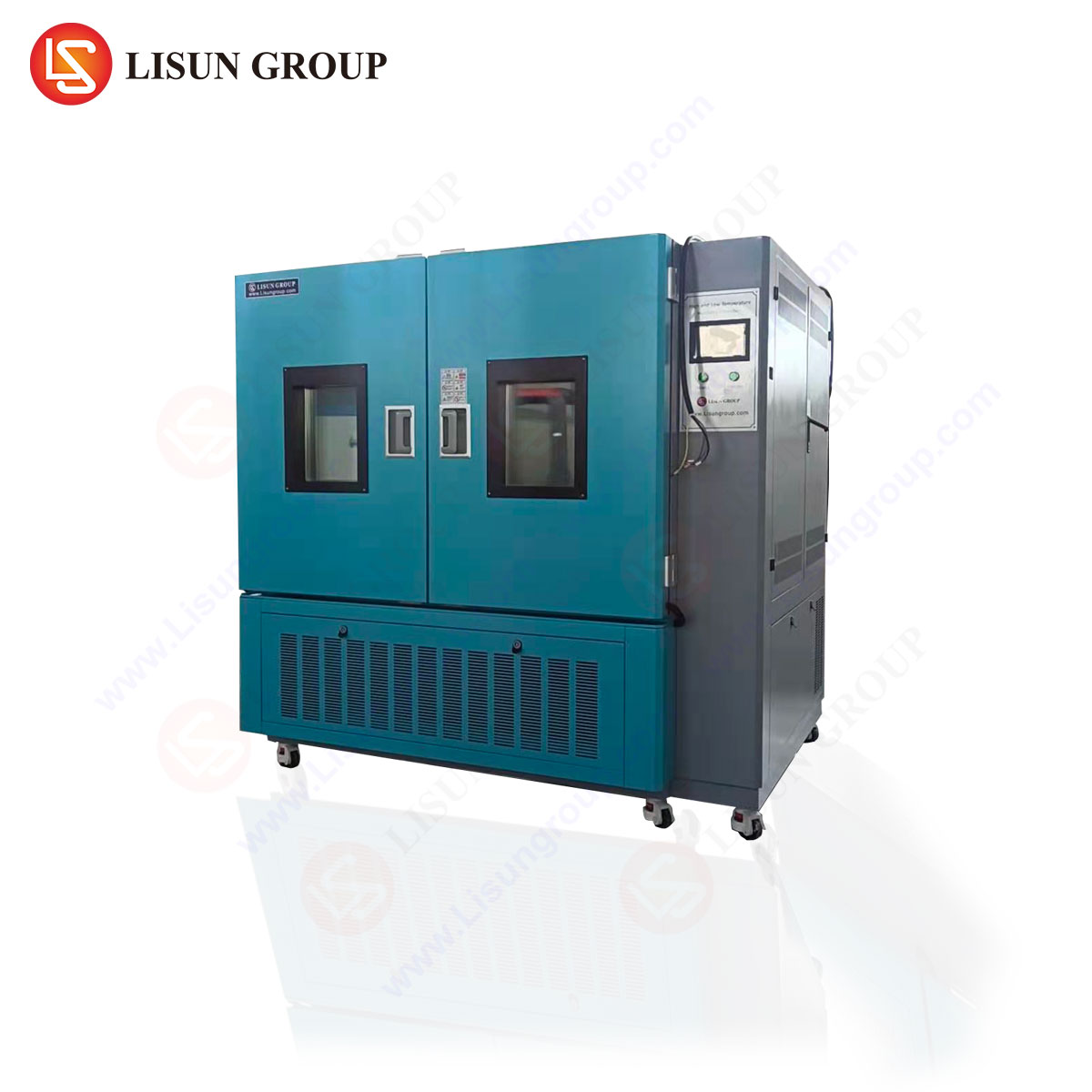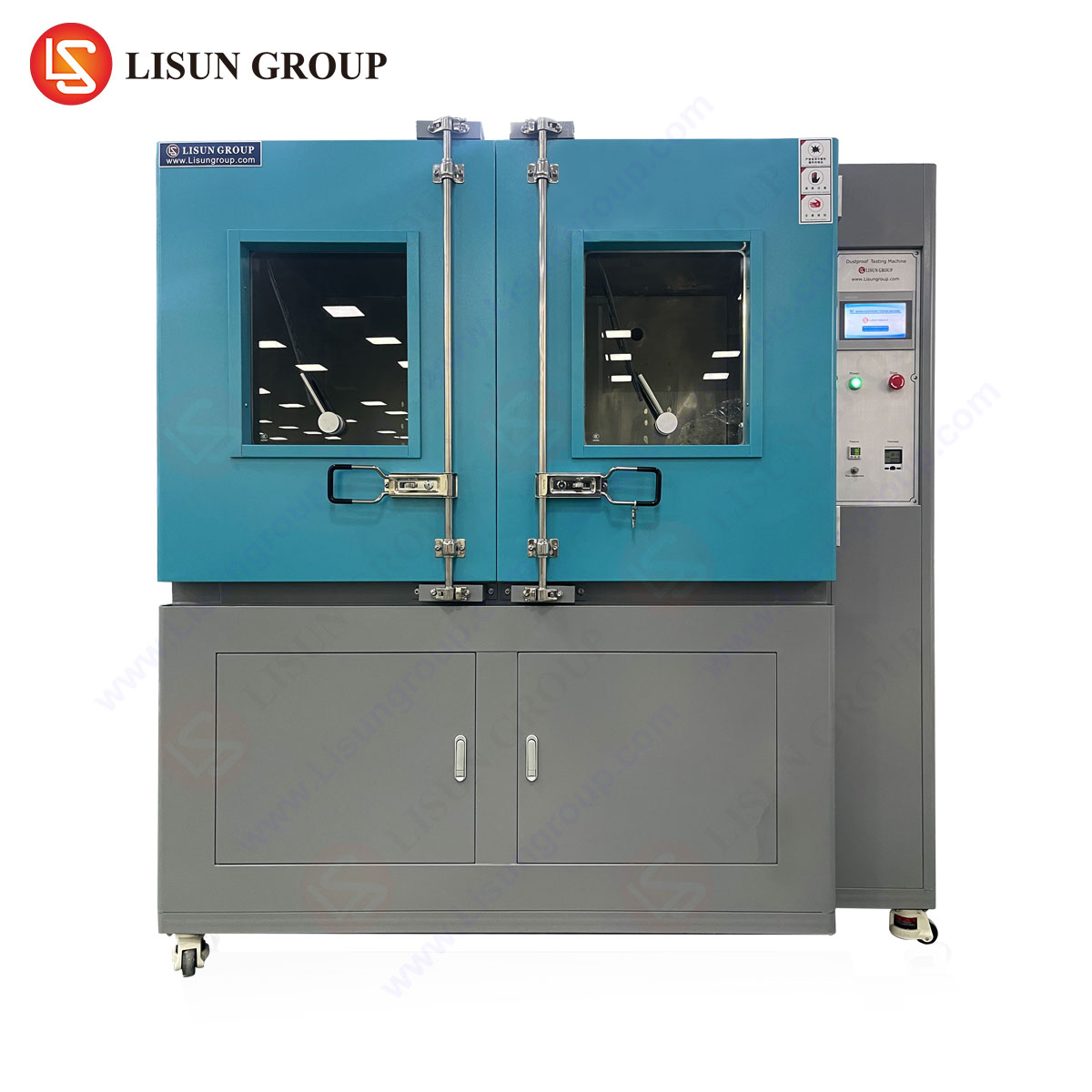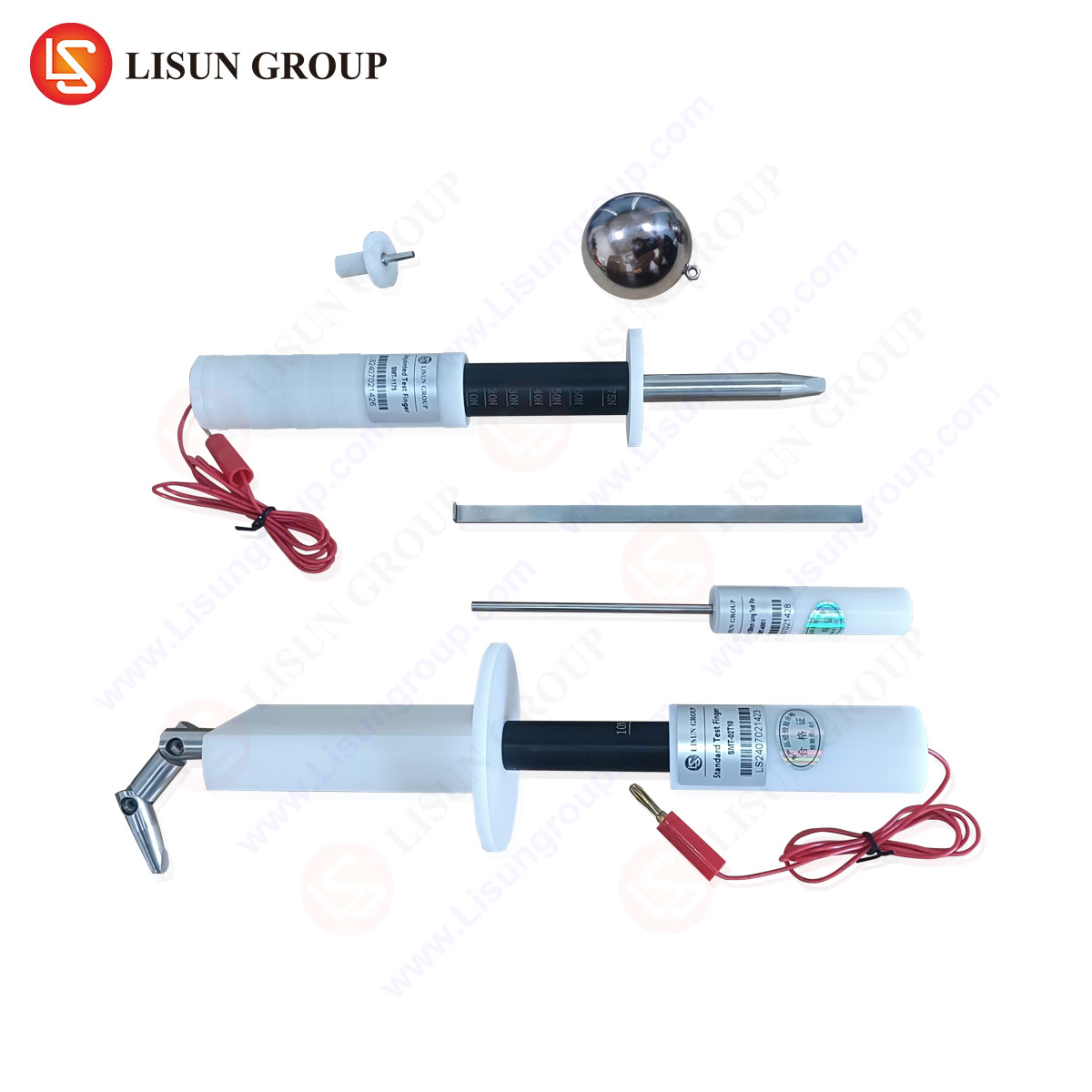Introduction to IEC 61010 and Safety Testing Requirements
IEC 61010 is a globally recognized standard governing the safety requirements for electrical equipment used in measurement, control, and laboratory applications. Compliance with this standard ensures that equipment operates safely under specified conditions, minimizing risks such as electric shock, mechanical hazards, and thermal dangers. A critical component of safety testing involves the use of specialized test probe kits, including test fingers, test probes, and test pins, which simulate human interaction with equipment to verify protective measures.
LISUN’s Test Finger, Test Probe, and Test Pin kits are engineered to meet the stringent criteria outlined in IEC 61010, providing reliable tools for evaluating accessibility of hazardous live parts, mechanical stability, and insulation effectiveness. These instruments are indispensable in industries ranging from medical devices to automotive electronics, where adherence to safety standards is non-negotiable.
Functional Principles of Test Probes in Safety Evaluations
Test probes replicate the dimensions and physical characteristics of human fingers, tools, or conductive objects to assess whether hazardous parts are adequately protected. The LISUN Test Finger, compliant with IEC 61010-1, is designed to verify accessibility to live components, ensuring that openings in enclosures do not permit unintentional contact.
The LISUN Test Probe, conforming to IEC 61010-031, evaluates the effectiveness of protective barriers by simulating a rigid wire or similar object. Meanwhile, the LISUN Test Pin assesses the integrity of openings in insulating materials, ensuring they resist penetration by sharp objects. These tools operate under defined forces and dimensions, as stipulated by IEC standards, to ensure repeatable and accurate test conditions.
Key Specifications of LISUN Test Probe Kits
The LISUN Test Finger adheres to IEC 61010-1 Clause 9.2, featuring a standardized 12mm diameter jointed finger with a force application range of 10N ± 1N. The Test Probe complies with IEC 61010-031, with a 1mm ± 0.1mm tip diameter and a test force of 1N ± 0.1N. The Test Pin, meeting IEC 61010-1 Clause 8.1.2, has a 3mm diameter and applies a force of 3N ± 0.3N.
These specifications ensure compatibility with a broad range of equipment, from household appliances to aerospace components, where dimensional precision is critical for accurate hazard assessment.
Industry Applications of IEC 61010 Test Probes
Electrical and Electronic Equipment
Manufacturers of power supplies and circuit boards utilize test probes to verify that enclosures prevent access to high-voltage components. The LISUN Test Finger ensures that ventilation slots or service openings do not compromise safety.
Household Appliances
For devices such as blenders or microwaves, test probes confirm that internal wiring remains inaccessible during normal use. The LISUN Test Pin verifies that control panel openings resist penetration by small objects.
Automotive Electronics
In vehicle control units, test probes assess whether connectors and housings prevent accidental contact with live circuits, complying with automotive safety standards derived from IEC 61010.
Medical Devices
Equipment such as patient monitors must prevent access to hazardous voltages. The LISUN Test Probe ensures that service panels and battery compartments meet medical safety regulations.
Aerospace and Aviation Components
Avionics systems undergo rigorous testing to ensure reliability under extreme conditions. Test probes validate that enclosures withstand mechanical stress while maintaining electrical isolation.
Competitive Advantages of LISUN Test Probe Kits
LISUN’s test instruments distinguish themselves through precision manufacturing, adherence to international standards, and durability under repeated use. Unlike generic probes, LISUN’s designs incorporate corrosion-resistant materials and calibrated force mechanisms, ensuring long-term accuracy. Additionally, their kits include comprehensive documentation, facilitating compliance audits and reducing testing ambiguities.
Scientific Validation and Standards Alignment
Independent studies have demonstrated that improperly dimensioned test probes yield false safety assessments. The LISUN Test Finger’s compliance with IEC 61010-1 Annex F ensures that test results correlate with real-world risk scenarios. Comparative analyses show that deviations as small as 0.5mm in probe diameter can lead to non-conformance in 15% of tested devices, underscoring the importance of precision.
FAQ Section
1. What is the purpose of the jointed design in the LISUN Test Finger?
The jointed design replicates the articulation of a human finger, allowing it to assess accessibility through openings that may not be linear, such as grilles or mesh panels.
2. How frequently should test probes be recalibrated?
Annual recalibration is recommended, though high-usage environments may require semi-annual checks to maintain accuracy.
3. Can LISUN Test Probes be used for non-IEC standards?
While optimized for IEC 61010, they are compatible with related standards such as UL 61010 and EN 61010, provided dimensional and force specifications align.
4. What materials are used in LISUN Test Pins to ensure durability?
Stainless steel with anodized coatings is employed to resist wear and environmental degradation.
5. Are LISUN Test Probe Kits suitable for pediatric medical devices?
Yes, though supplementary testing with child-specific probes (e.g., IEC 62368-1) may be necessary for certain applications.







